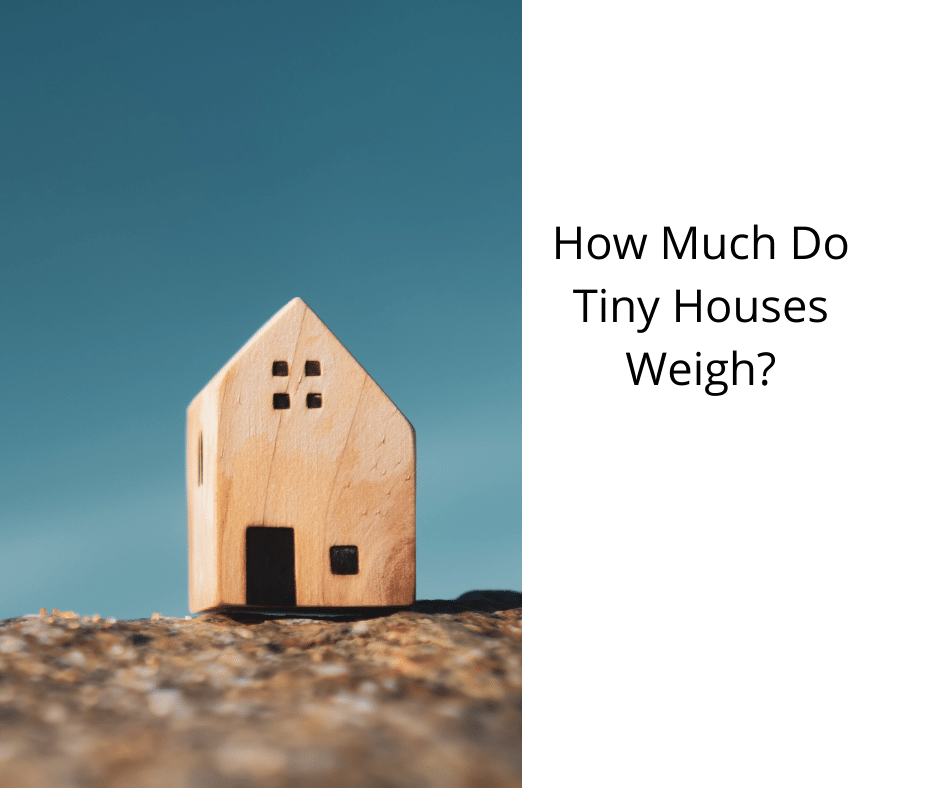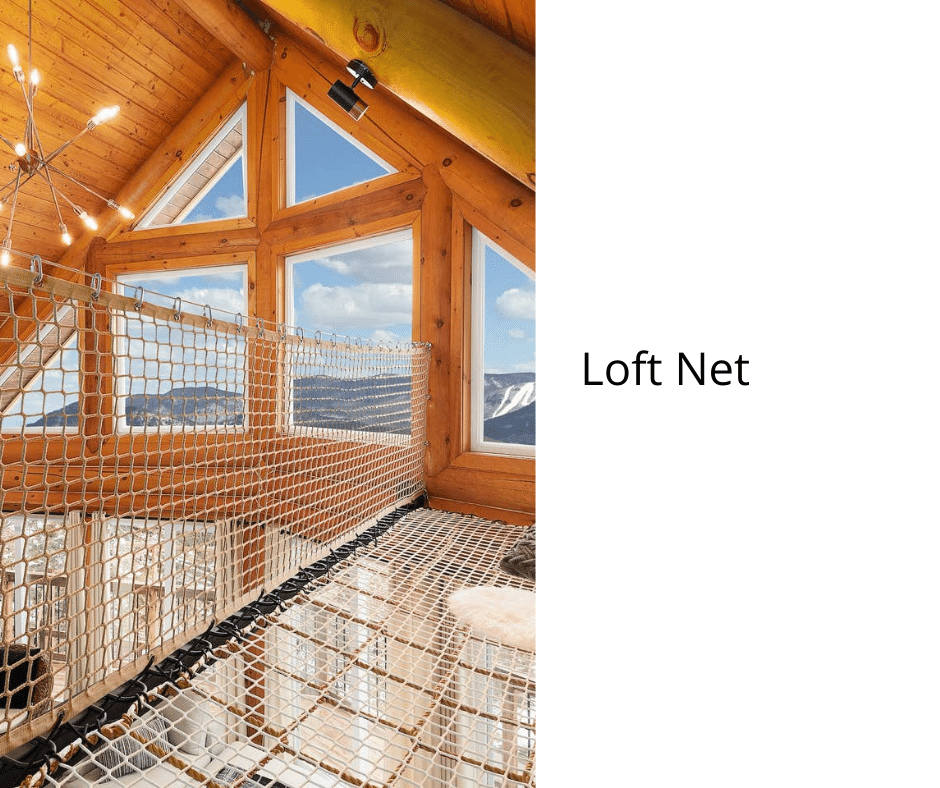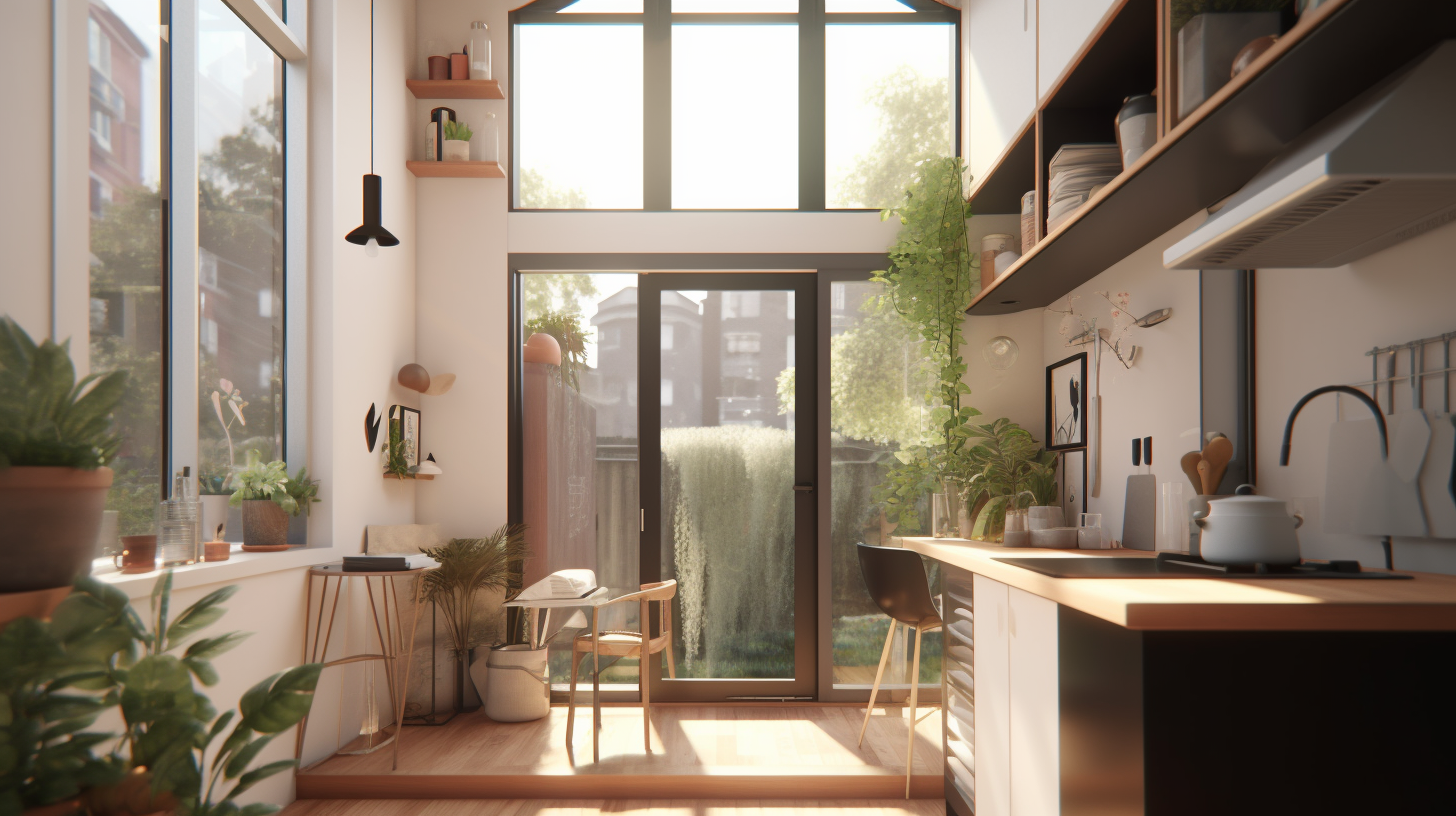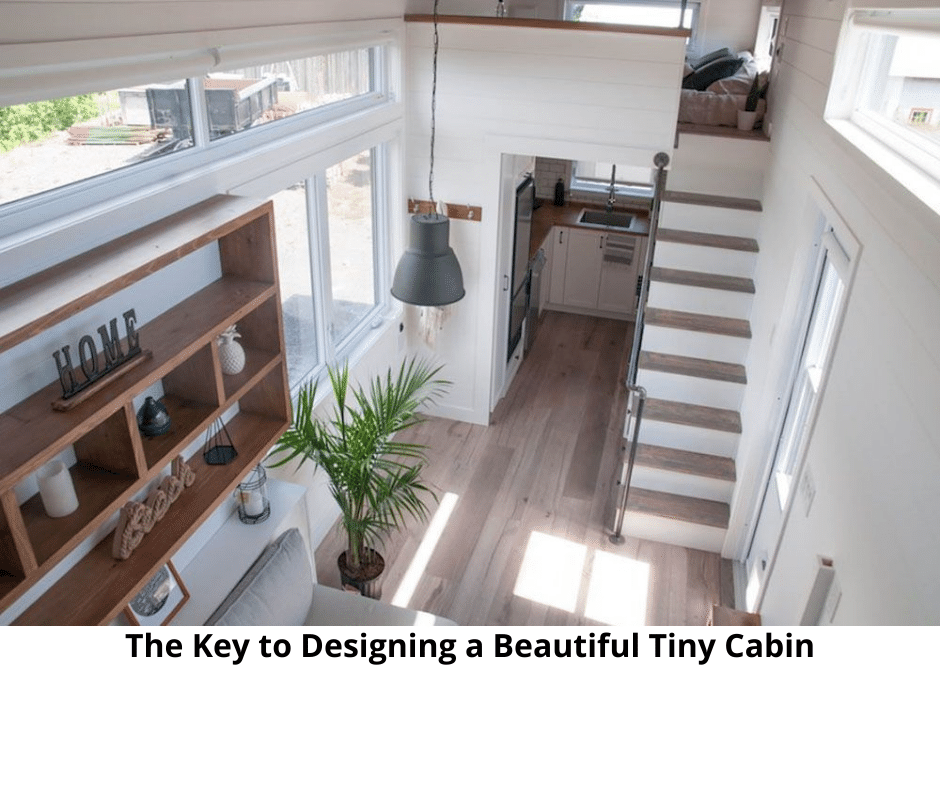Ever wondered just how heavy a small house can be? Spoiler alert: Size matters and can really add some weight to your living space! While there isn’t an exact measurement, adding more square footage can increase the overall weight—imagine hundreds of pounds. And if you’re thinking about making your home mobile, that weight becomes even more important. Interested in learning more about the weight of your tiny house? Check out this informative article for insight on how much your tiny house might weigh. Crunching the numbers may seem challenging, but don’t worry—we’re delving deep into the topic! This information is invaluable for tiny house enthusiasts who want to keep their homes light and easy to move. Keep reading to discover the strategies for mastering the weight scales!
Factors that Contribute to The Weight of A Tiny House
The weight of a tiny house is mainly determined by the materials and framing methods used. Even if you use lightweight appliances, they will not do you much good if the house weighs more than a thousand pounds. Generally, the tiny house will be framed with wood using two x four studs. Wood is easy to work with, durable, and accessible, but it is not the lightest material.
Tiny houses are generally heavier than trailers. The weight of a tiny house is greatly affected by the wall height and cladding materials. A home that is made with metal cladding is significantly heavier than a wooden structure. When balancing the weight of a tiny house, you must be mindful of your vehicle’s maximum weight limit. Otherwise, you could end up in a situation where your car can’t tow the tiny house.
The weight of a tiny house is another important consideration when towing it. You may need a heavy-duty truck to tow a tiny house, such as a Dodge Ram 3500. If the weight is over your current vehicle’s towing capacity, you may need to consider reducing the weight of your tiny house or hiring a more powerful tow truck. For example, a new Ford F-450 Super Duty can tow 32,500 pounds.
If you’re towing your tiny house, you’ll also need a trailer. Tiny house weight includes the trailer and the contents. Towing your tiny house with a trailer is important, but you must make sure the trailer’s tongue weight is a maximum of 10% of the gross trailer weight. A wooden tiny house can weigh anywhere from fourteen to fifteen percent more than a steel-framed one.
While the weight of a tiny house varies greatly, the average size of a tiny house is between 6000 and 8000 pounds. The size of a tiny house varies, but most weigh between twelve feet and thirty-four feet. The weight of a tiny house depends on the materials used for construction, the furnishings, and the personal belongings that you bring inside. The weight is an important consideration, but it’s not the only factor that should affect your decision.
Material Used to Build a Tiny House
If you’re looking for the best materials for a tiny house, consider using reclaimed wood. Because it’s durable, this material can be used for flooring and other interior design features. Bamboo is also a good choice since it doesn’t take up a large amount of space and can be harvested in small batches. Bamboo is also a great choice for framing your tiny house since it grows fast. Bamboo is also versatile and can be used for floors and partitioning your outdoor space.
Other materials for a tiny house include salvaged materials. Reclaimed materials can be used for exterior and interior structures. For example, school buses, train cars, and storage containers can be recycled to build tiny homes. You can even repurpose your own kitchen appliances. You’ll need an area for cooking and preparing meals, and this space is critical. Corrugated metal can also be used to create a fence for your yard.
Choosing the right materials is essential to the success of your tiny house. Depending on the location, you may need to go to a local junkyard to find salvaged materials. Or, you can shop online for used or recycled materials. Craigslist, Amazon, eBay, and online classifieds are good places to look. In addition, you can take advantage of garage sales and check demolition sites in your area. These resources will provide you with plenty of materials for your tiny house.
The structure of a tiny house is like the bones of a house. Choosing the right structure is crucial for durability, comfort, and energy efficiency. Choose the best material for your tiny house by looking at the costs and benefits of both options. You can also opt to build a tiny house on wheels if it is designed to be towed. Just be sure to choose lightweight materials for your tiny house. These materials will make it easier to move.
Another important consideration for a tiny house is insulation. Closed cell spray foam is an excellent choice for insulation because it expands to form a thick insulating layer. This type of foam also helps to minimize the transmission of sound and acts as an additional structural element. In addition, sheep’s wool is a good option for insulation because it is both durable and nontoxic. Furthermore, it can be easily installed.
Maximum Width Limit for Tiny Houses
The maximum width limit for a tiny house depends on its dimensions and the size of its trailer. Some states, for example, require tiny houses to be less than 8 feet wide. However, in other states, the maximum width for a tiny house is much less than that, allowing for appurtenances and safety equipment. When measuring the width of a tiny house, consider the roof overhang, window trim, outside siding, and sheathing. Because of this, most tiny houses would exceed the width limits if they were placed on an 8-foot-wide trailer.
In addition to these minimum requirements, tiny houses are not required to have any windows, but they must meet the standard requirement of two emergency exits and stairs to access loft areas. In addition, tiny houses should be built according to the International Residential Code (IRC), which covers residential building regulations. If you are unsure whether your area has any zoning laws or city or county-specific rules, contact the building department or zoning department of the city in which you plan to build your tiny home.
While there is no national road-legal limit for tiny houses, they should be at least 7.2 feet long. For this reason, a tiny house with a trailer that is longer than 40 feet may be illegal in some places. States also set their own laws and regulations about towing weight. While the Federal rules are relatively lenient, the towing weight limit is much lower. If you plan to build a tiny house on a trailer, make sure to check local regulations on the size of towable weights.
In addition to the width, the height and length of the house should be considered. The height of the roof and floor will affect the size requirements of the tiny house. A bathroom on a tiny house must be 35 square feet if it features a shower. If you want a vanity, you can go down to 32 square feet, but you’ll need 40 square feet if you’re adding a bathtub. Standard bathtubs are 2.5 feet wide and 4.5 to six feet long.
Maximum Weight of A Tiny House on Wheels
The weight of a tiny house on wheels can vary widely, depending on its size. It is important to know the weight limit of your tiny house before you start building it. This is also important if you’ll be towing the tiny house. The weight of your tiny house is measured as its dry weight, which is the total weight of the tiny house without any people or moveable furniture inside. You may find that it is significantly heavier than you thought. It is also important to know the weight of the trailer you’re planning to use.
In order to move your tiny home on wheels, you need to have a tow vehicle. This is important if you plan on moving it every month or so. The tow vehicle must be able to safely carry the weight of your tiny house and your personal belongings. If it can’t handle that, you might have to pay a hefty fee. In addition, it must be able to tow a vehicle that is rated for towing a tiny house.
Before buying a trailer, it is important to estimate the weight of your tiny house on wheels. You must include the weight of the building materials, personal belongings, and appliances. It is always a good idea to make a plan with your personal weight limit in mind. You should also consider the weight of your trailer and axles. If your trailer is too heavy, you may find yourself in danger of getting stuck. If you have any questions, be sure to ask a professional.
The weight of a tiny house on wheels should be less than 3500kg. It should be no larger than 8m long, 2.4m wide, and 4.3m high. You should also check if the building is in a Schedule 1 exemption. These exemptions apply to buildings between 10 and 30 square metres. There are many other considerations that should be taken when planning a tiny house on wheels.
Hi, I’m Emma. I’m the Editor in Chief of Tiny House 43, a blog all about tiny houses. While tree houses are often associated with childhood, they can be the perfect adult retreat. They offer a cozy space to relax and unwind, surrounded by nature. And since they’re typically built on stilts or raised platforms, they offer stunning views that traditional homes simply can’t match. If you’re looking for a unique and romantic getaway, a tree house tiny house might just be the perfect option.










